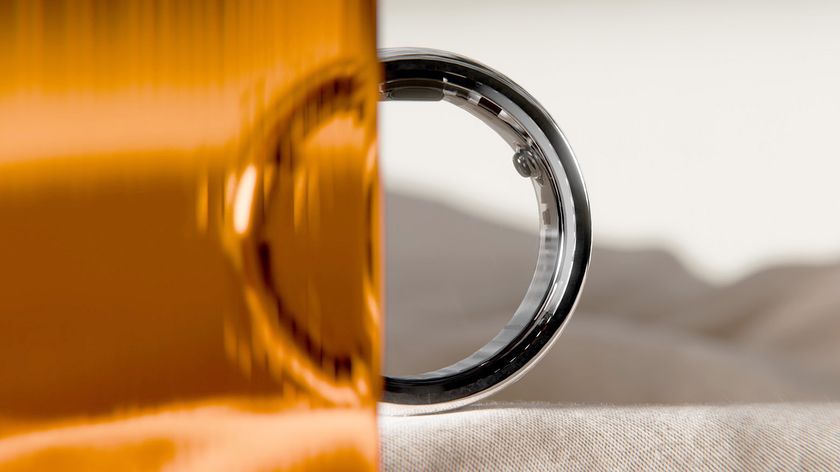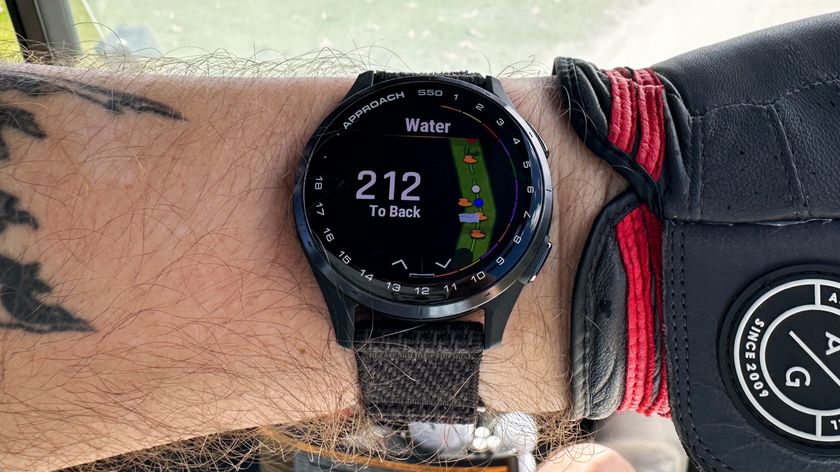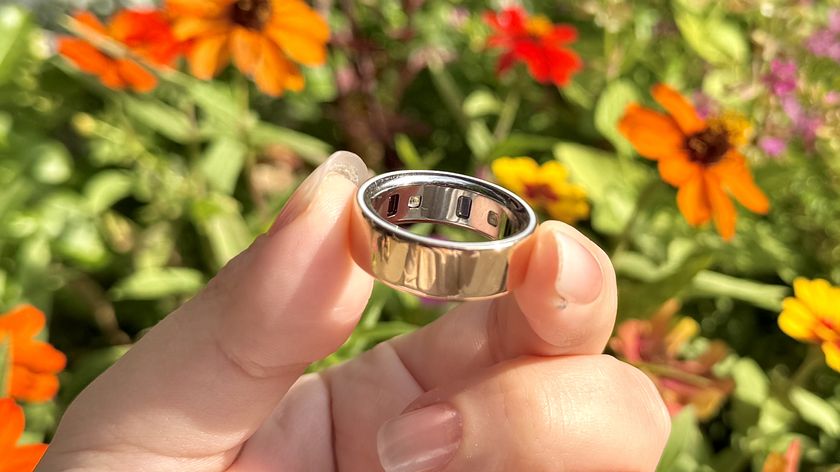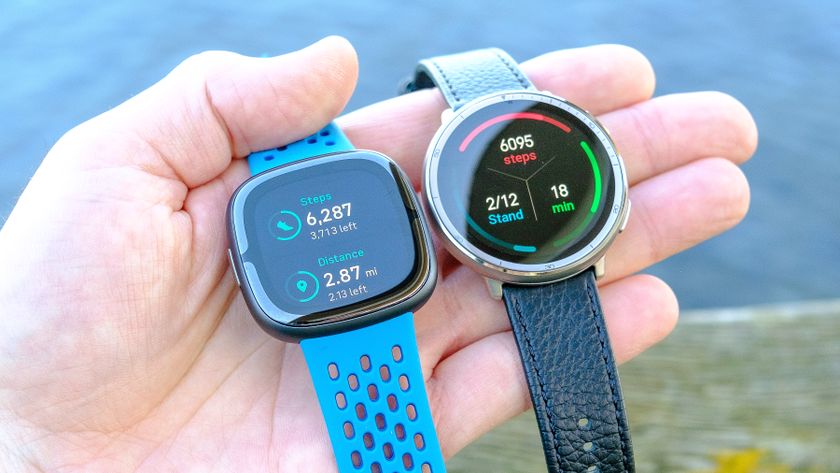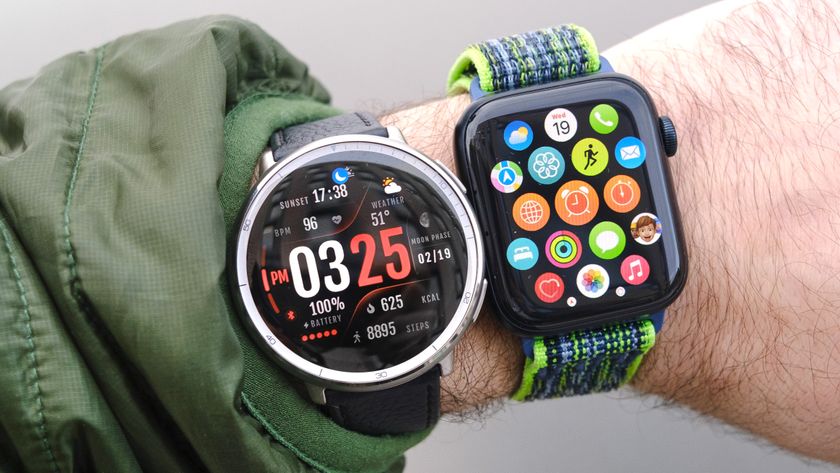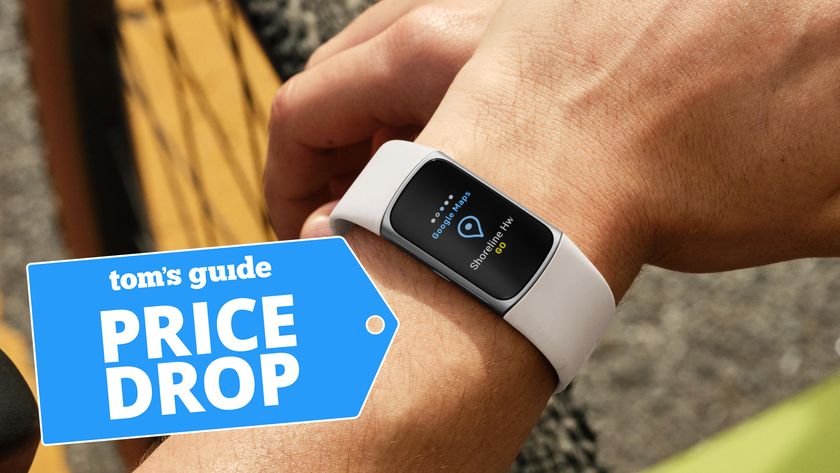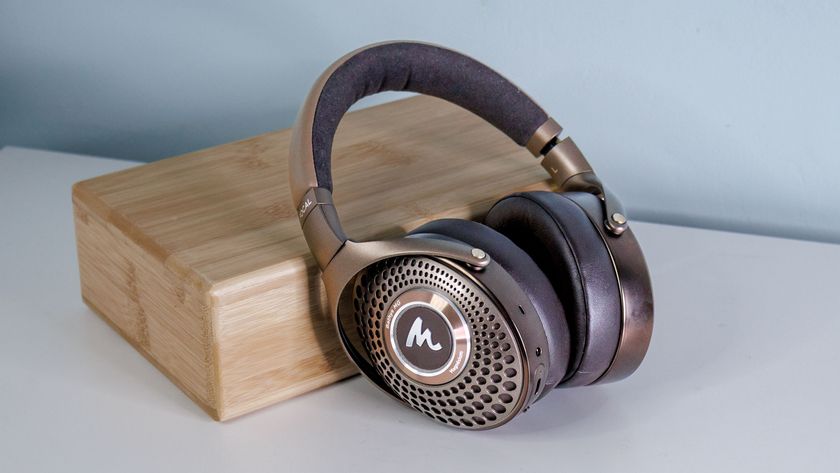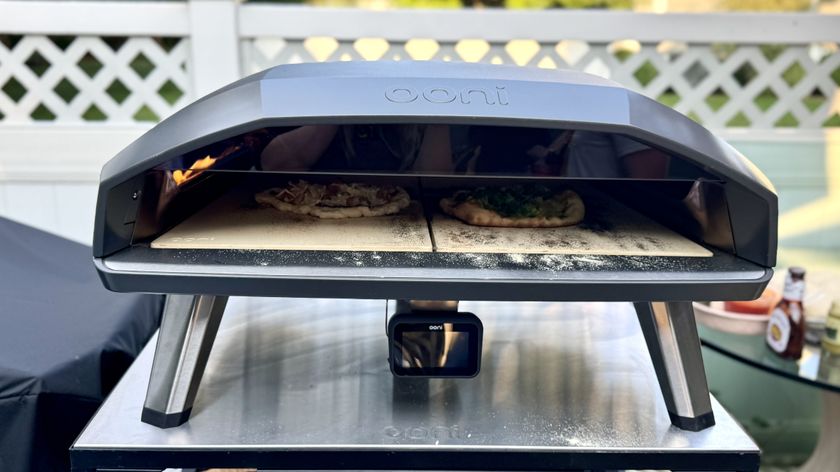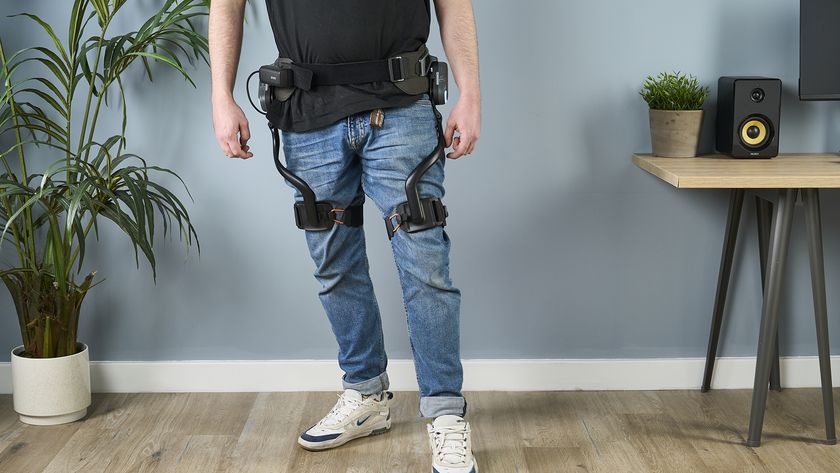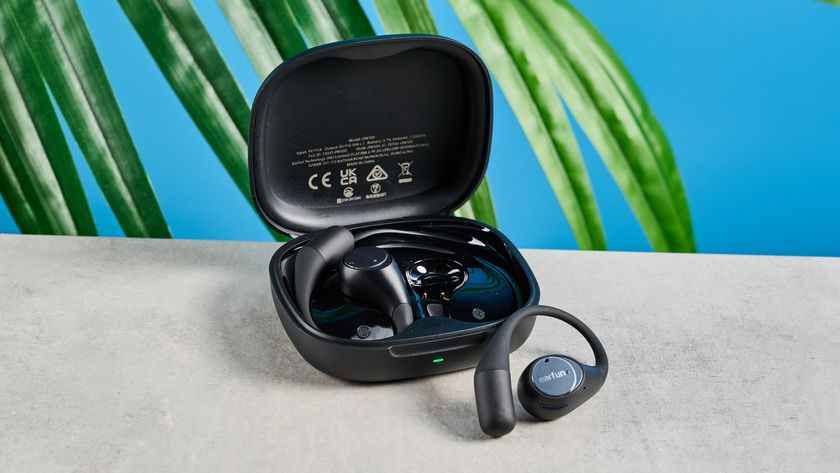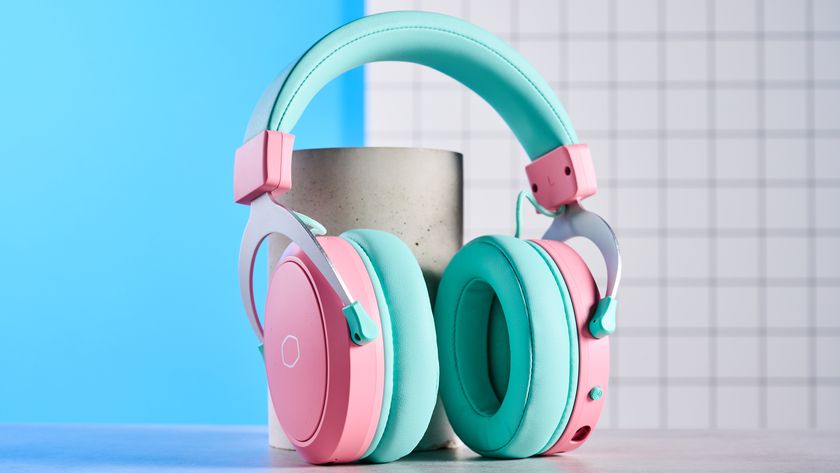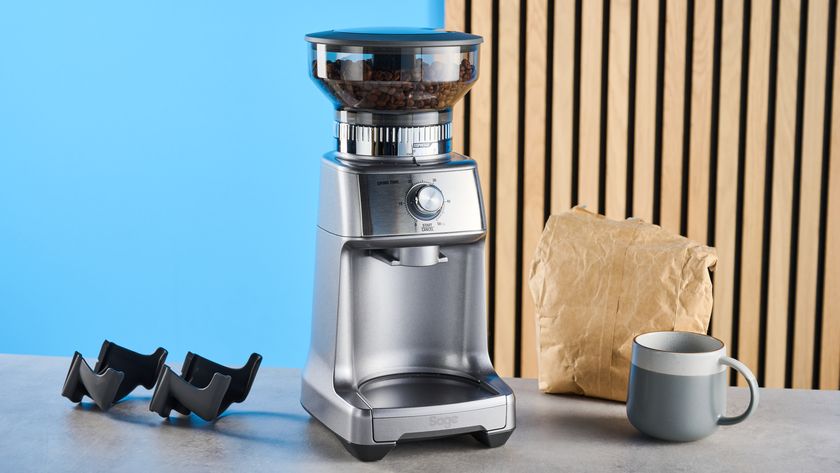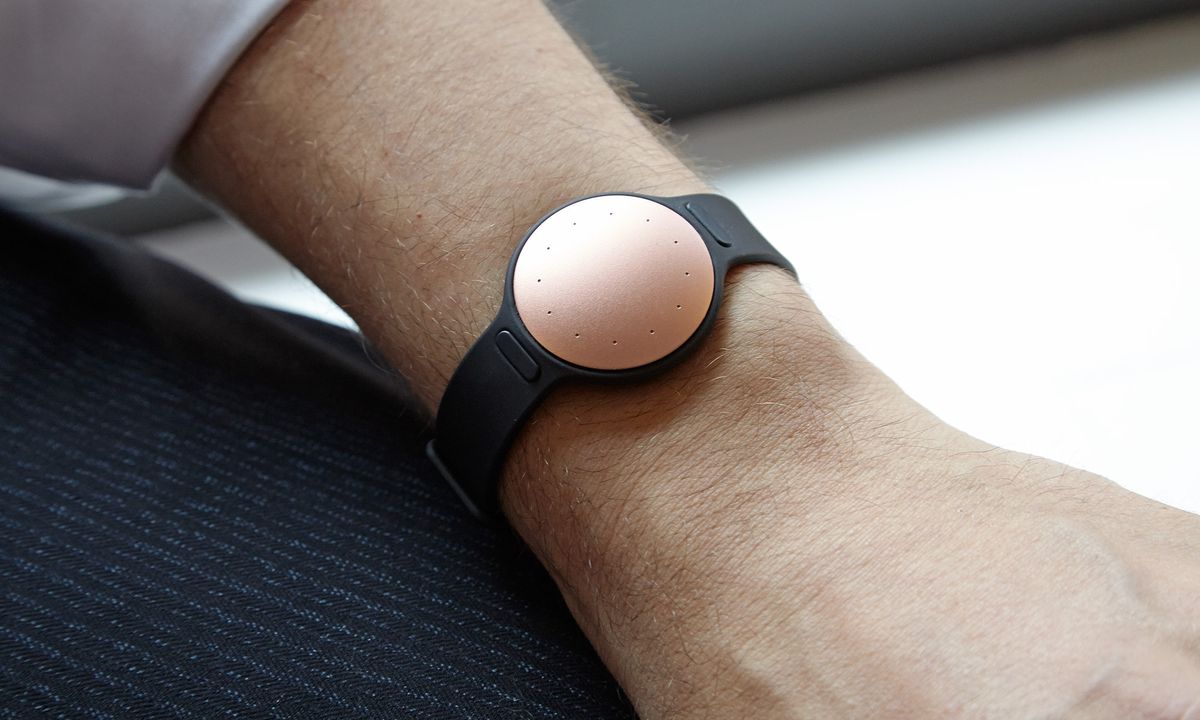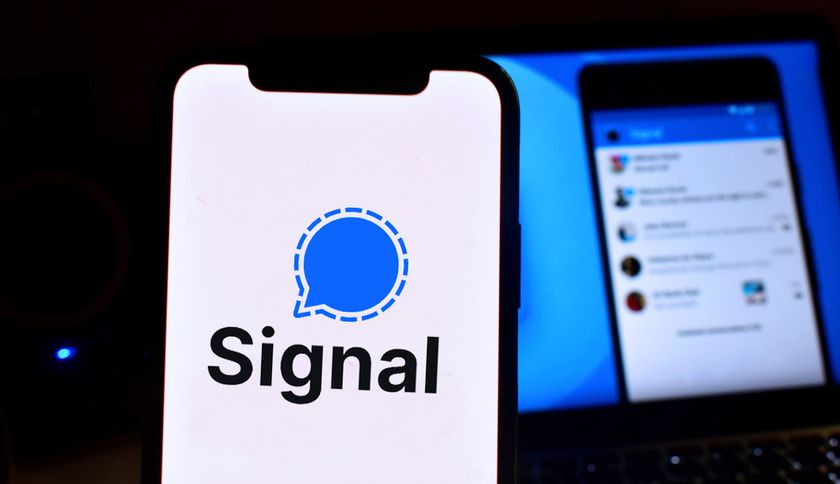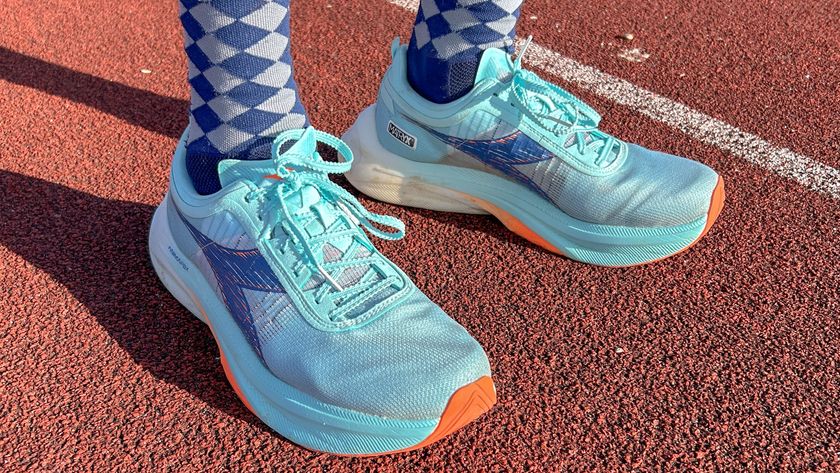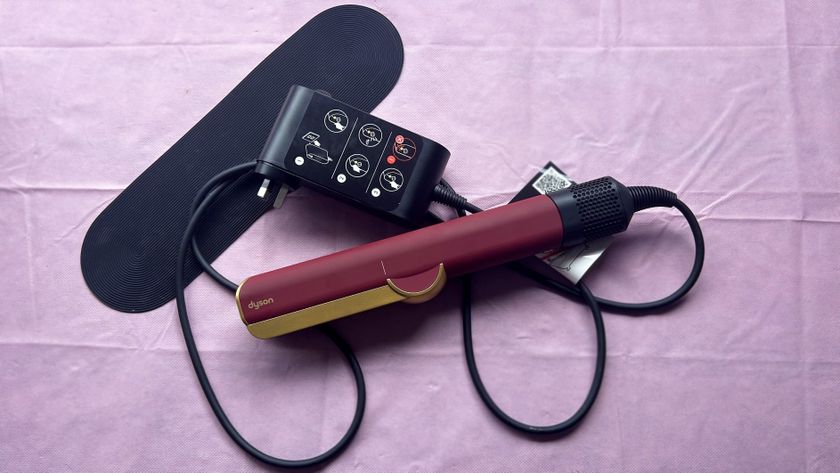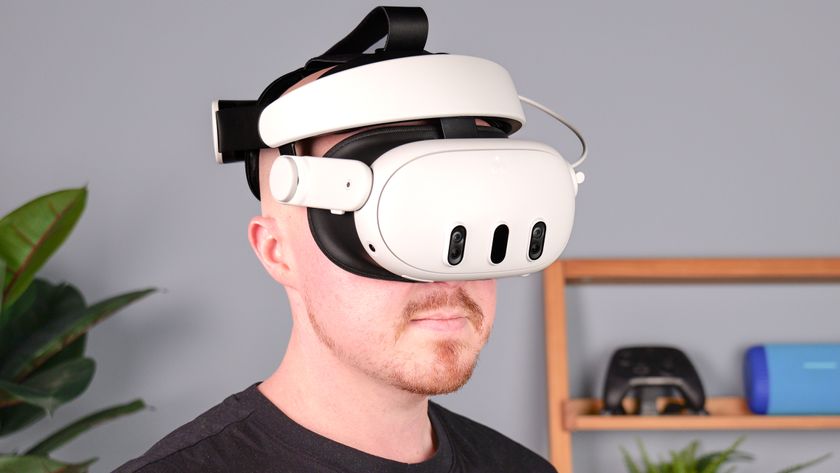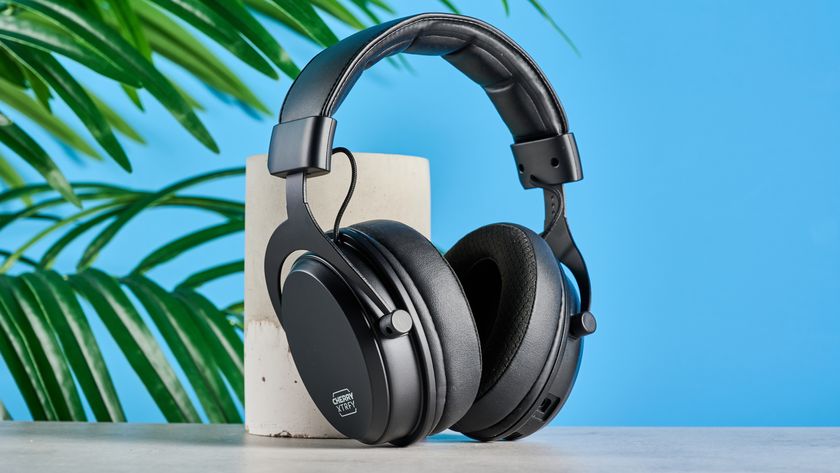Tom's Guide Verdict
The waterproof Misfit Shine 2 tracks only the most basic of fitness and sleep metrics, but it will last you awfully long and cost you just $99.99.
Pros
- +
Excellent battery life
- +
Waterproof
- +
Sleek, lightweight design
- +
Ability to control other devices
- +
Affordable
Cons
- -
LEDs hard to see in direct sunlight
- -
Food-tracking is limited
Why you can trust Tom's Guide
Basic can be an insult, but not in the case of the Misfit Shine 2. This fitness tracker will measure your steps taken, distance traveled and calories burned in a lightweight package for just $99.99.
The device automatically tracks your sleep and sends phone notifications to your wrist. Because this tracker is waterproof, you can take the Misfit Shine 2 on your swims. Plus, it comes with a replaceable battery that will last you months at a go. As a no-nonsense, starter fitness device, the Shine 2 could be the best fitness tracker for the price.
Design: Thin, Light and Minimalistic
The Misfit Shine 2 is one of the thinnest and lightest fitness trackers I've ever put on my wrist. Made of aircraft-grade aluminum, the quarter-size, 0.31-inch-tall module fits in a skinny rubbery strap that comes with the Shine 2. I barely noticed the 0.29-ounce tracker on my wrist.
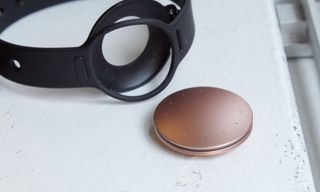
Like its predecessor, the black-colored Shine 2 looked nondescript and bland with its black strap. Misfit also offers a rose-gold version, which looks much prettier.
I struggled a bit with the strap's peg-and-hole closure, which was difficult to fasten. I prefer the traditional watch clasp that's on the Charge HR and the Fitbit Blaze. In addition to the strap, you'll also get a clip to fasten the Shine 2 to your clothes, undergarments or shoes. You can also buy accessories that will turn the Shine 2 into a necklace or bracelet.
The Shine 2 has no physical buttons. Instead, you interact with the device by tapping on its face. The 12 barely visible LED bulbs around the tracker's face light up to display the time and your progress.
I really loved the Shine 2's water resistance. Rated for 5 ATM, the Shine 2 can survive dips of up to about 165 feet of water, so it can accompany you in the shower or on your laps in the pool. However, it's not suitable for diving.
MORE: Best Fitness Trackers
Interface: Tap, Tap Revolution
Interacting with the Shine 2 is simple and effective. Tap twice on the device's capacitive face, and the 12 LEDs around it light up to first show your progress, then the time. (You can change this order in the app). The Shine 2 responded every single time I tapped on its face.
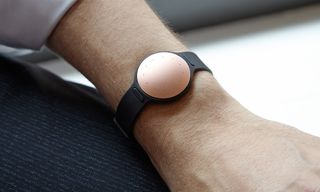
I like Misfit's clever way of showing the time on the Shine 2: A blue light indicates the position of the hour hand, while a green light shows where the minute hand would be — like on a regular watch.
Unfortunately, the lights were hard to see in bright sunlight. I tapped the Shine 2 twice and couldn't see what the device was showing. When I used my shadow as shade from the sun, i could then see the time and my progress.
Smart Home Control
I really like that you can use the Shine 2 to control smart home devices, even though Misfit's selection is somewhat limited right now. You'll have to install the Misfit Link app to sync your home devices with your wearable, and then you can quickly activate your appliances with three quick taps on your wrist. For instance, you can play music, take a selfie or click through presentation slides with three taps.
I set the Shine 2 to turn on my Misfit Bolt lightbulb and was delighted that I could control my lights without leaving my couch. My only gripe with this feature is that the Misfit Link app has to be open if you want to use the Shine 2 to control your other devices.
Exercise and Activity Tracking: Basic
With its three-axis accelerometer and magnetometer setup, the Shine 2 tracks very basic fitness metrics such as steps taken, calories burned and distance traveled. You won't get elevation-related stats such as the number of stairs climbed, which the Fitbit Charge measures, nor your heart rate.
With its three-axis accelerometer and magnetometer setup, the Shine 2 tracks very basic fitness metrics such as steps taken, calories burned and distance traveled.
The Shine 2 is great at automatically detecting and recording bouts of activity as well as the intensity of each session. It converts the steps you've taken and time you spent working out into points. Your points will fill up a circle at the top of the app (more on that in App section later), and the Misfit Move feature (which you can turn on or off) will remind you when you're falling behind. I got a vibrating alert (and the lights glowed orange) once when I finally sat still for more than an hour, though I was momentarily confused about what the alert was for.
MORE: 15 Best Fitness Apps
Auto Sleep Tracking: Accurate
Beauty sleep is more important to me than keeping fit, so I was very eager to see how well the Misfit Shine 2 tracked my z's.
Like many other fitness trackers, such as the Fitbit Alta and the Jawbone Up3, the Shine 2 can automatically detect when you've fallen asleep as well as how long and how well you've slept. This is a step up from the original Shine, which could track your sleep only if you manually activated Sleep mode. Sleep detection is pretty accurate: I got into bed at 2 a.m., and the Shine 2 recorded me as having dozed off at about 2:22 a.m., which seems accurate since I spent some time awake in bed before falling asleep.
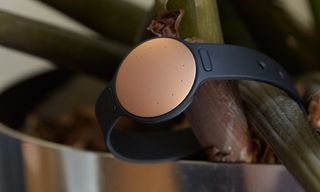
The next morning, I saw through the Misfit app on my phone that during my 5 hours and 42 minutes of sleep, only 2 hours and 33 minutes was restful; I spent the remaining time in light slumber.
You can also see what specific times during your snooze you were restless and restful, but that's the extent to which the Misfit will track your sleep. More sophisticated trackers, such as the Jawbone Up3 or Up Move, will tell you how long it took for you to fall asleep and how much of it was in REM mode; those devices also offer guides to help you fall asleep faster, which the Shine 2 does not. Just like the Fitbit Alta, the Misfit Shine 2 just lets you set sleep goals and encourages you to achieve them.
The Shine 2 can also wake you up from slumber by vibrating gently on your wrist, which is a less jarring alternative to sound-based alarms.
Phone Notifications: Limited
The Shine 2 can alert you to incoming texts and calls by vibrating and lighting up. Since you can't customize the vibrating patterns or light colors to show who's texting or calling, I found the alerts pretty limited. They'll only let you know you've got an incoming call or message, and you won't be able to tell if it's from someone important or someone you can send to voicemail.
Since you can't customize alerts to show who is texting or calling, I found the feature pretty limited.
You also won't be able to get alerts for other apps, such as Facebook or Twitter, which is probably for the best since you can't prioritize or customize the Shine 2's notifications to reveal why you got buzzed.
App: Somewhat Confusing
Connecting the Shine 2 to my phone was as simple as installing the Misfit app and selecting the Shine 2 after the app launched. Once connected, the app (for iOS, Android and Windows 10 Mobile) starts syncing with the wearable whenever you launch it. You can also drag the stats screen to the left to force a sync.
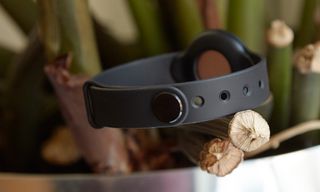
The app's main page shows a ring that fills up with your progress that day, as well as a brief overview of the number of miles traveled, calories burned and steps taken. You can tap over to the sleep panel to see how many minutes you spent awake, in light sleep and in restful sleep. Scroll down on the home page, and you'll see what Misfit calls "Today's Story," which is a timeline of your periods of activity that day.
Today's Story is organized by the intensity of your workout. Light activities show up first, and the app shows how much time you spent doing that activity, the distance you traveled, the calories you burned and the steps you took during that period. I found this organization slightly confusing, as I'd prefer my activity arranged chronologically.
I set the Shine 2 to turn on my Misfit Bolt lightbulb, and was delighted that I could control my lights without leaving my couch.
You can also track your diet and weight by tapping the Plus symbol on the bottom right of the home screen and entering what you ate and your latest weight. To input a meal, your only option is to snap a picture of it and let Misfit tag the picture to your time line. It won't calculate the food's nutritional value, though, even if you capture the nutritional label.
Other sections of the app include Social, which lets you join Misfit's community to compete against and brag to your friends; Devices, for adding new Misfit accessories; and Me. That Me section lets you create goals and link third-party apps such as WeChat (so you can see your fitness progress in the WeChat app), Lose It!, RunKeeper, MyFitnessPal, MapMyFitness, Speedo Fit and IF by IFTTT.
Battery Life: Long Lasting
The Misfit Shine 2 is powered by a replaceable coin-cell battery that can last up to six months. During the two weeks that I had the device, the battery indicator in the app showed the power as full, not decreasing even after a few consecutive days of rigorous testing.
MORE: How to Choose the Right Fitness Tracker for Your Needs
When you eventually need to replace the battery, taking the Shine 2 apart is tricky. You'll need to pop off the back of the device with an included tool, and then snap the pieces back together.
Bottom Line
For just $100, the Misfit Shine 2 does a great job of tracking your basic fitness metrics in a sleek, lightweight form. Its waterproof body makes it a great swimming companion, and its replaceable battery lasts for months at a go. Plus, you can use the Shine 2 as a remote control for some of your smart home devices. I just wish Misfit's app was better at tracking food intake and distinguishing different types of activity.
Those who want more comprehensive phone notifications and an actual display might consider the Fitbit Charge HR ($150), which also automatically tracks sleep and activity. The Fitbit will show a preview of your incoming alert on your wrist, and it has a much more comprehensive app with a large food library. However, the Fitbit is not waterproof and lasts only five days before needing a recharge.
If you're looking for something simple, the Misfit Shine 2 is a great, affordable option.
Cherlynn is Deputy Editor, Reviews at Engadget and also leads the site's Google reporting. She graduated with a Master’s in Journalism from Columbia University before joining Tom's Guide and its sister site LaptopMag as a staff writer, where she covered wearables, cameras, laptops, computers and smartphones, among many other subjects.
